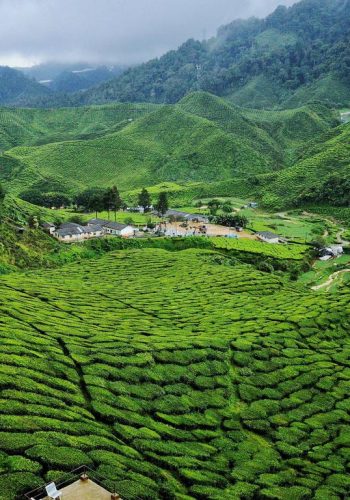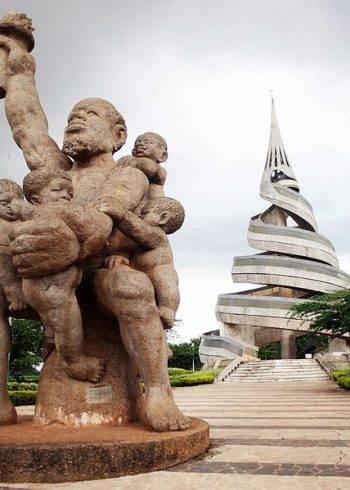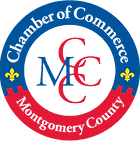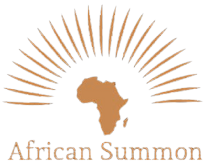Trip To Cameroon- 2025
Experience village life, the people of Africa and culture in action
Home / Trip To Cameroon
Trip To Cameroon
Considering joining our 2024 cultural tour of Cameroon? Consider the following:



Trip Date:
November 10th to 30th, 2025.
Requirements for Entry:
- Passport
- Visa
- Current immunization records, including evidence of yellow fever vaccination
- World Health Organization (WHO) card with yellow fever vaccination.
- Proof of polio vaccination for visits longer than four weeks.
- Covid19 Negative PCR test of less than 72hours.
- Covid 19 immunization
- Flight, accommodation and feeding expenses
- Visas: Obtain your visa before traveling. Visit Embassy of Cameroon website for the most current visa information
Festivals:
- Bikutsi Festival – Yaounde
- Nguon Festival – Foumban
- Ngondo Festival – Dry season – Sawa – Litoral – Douala
Fact About Cameroon
8000 BC, Baka people (pygmies) migrated to this land.
Many migrations lead to the arrival of Bantu speaking people and nomadic pastoral Islamic Fulani.
450 BC, Hanno a Carthaginian explorer while observing a coast lit by fire at night, a mountain named the chariot of the gods was sighted. Although much disputed, it is possibly Mount Cameroon. The native name happens to be Monga-ma Loba or the “Seat of the Gods”.
1472, first contact with European, Portuguese explorer Fernando Po led a mission to explore the Wouri There was an abundance of shrimp in the Wouri River, because of this Po named the river Rio dos Camaroes (River of the Prawns). ‘Camaroes’ forms the base of the name Cameroon.
Atlantic slave trade: Cameroon became a significant source of slaves, a number of whom were sold and traded at Bimbia, Douala, and other ports.
Under the leadership of Englishman Alfred Saker and West Indians such as Joseph Merrick, a Baptist station was established in 1845 at Akwa Town (now Douala). Saker established a larger post at Victoria (now Limbe) in 1858.
The American Presbyterian mission opened a station in 1871. The origin and denomination of the missions changed frequently, but the Presbyterians, Baptists, and Roman Catholics have been the most prominent.
Central Africa, bordering the Bight of Biafra, between Equatorial Guinea and Nigeria
475,440 sq km, Land: 472,710 sq km, Water: 2,730 sq km
Central African Republic 901 km, Chad 1116 km, Republic of the Congo 494 km, Equatorial Guinea 183 km, Gabon 349 km, Nigeria 1975 km.
The climate varies with terrain, from tropical along coast to semiarid and hot in north.
Diverse, with coastal plain in southwest, dissected plateau in center, mountains in west, plains in north.
Highest point: Fako on Mount Cameroun (4,045 m), lowest point: Atlantic Ocean (0 m), mean elevation (667 m). Last Mount Cameroon volcano eruption in 2012.
Sometimes referred to as the hinge of Africa because of its central location on the continent and its position at the west-south juncture of the Gulf of Guinea.
28,524,175 (July 2021 est.). A large youth population, with more than 60% of the populace under the age of 25.
Religion: Roman Catholic 38.3%, Protestant 25.5%, other Christian 6.9%, Muslim 24.4%, animist 2.2%, other 0.5%, none 2.2% (2018 est.).
Yaounde (Capital), Douala, Garoua, Bamenda and Bafoussam.
English (official), French (official) and close 230 African languages. These include 55 Afro-Asiatic languages, two Nilo-Saharan languages, and 173 Niger-Congo languages. This latter group is divided into one West Atlantic language (Fulfulde), 32 Adamawa-Ubangui languages, and 142 Benue-Congo languages (130 of which are Bantu languages).
Lion; national colors (Green, Red, Yellow).
The Central African CFA Franc (French: Franc CFA or simply Franc, ISO 4217 code XAF)
The Central African CFA Franc (French: Franc CFA or simply Franc, ISO 4217 code XAF)
Cameroon possesses practically every variety of flora and fauna found in tropical Africa. Waza National Park in the north, which was originally created for the protection of elephants, giraffes, and antelopes, abounds in both forest and savanna animals, including monkeys, baboons, lions, leopards, and birds that range from white and gray pelicans to spotted waders. To the south lies Dja Faunal Reserve, one of the best-protected rainforests in Africa and a reserve renowned for its biodiversity. Korup National Park contains one of the oldest and richest tropical forests on the continent of Africa in terms of flora and fauna.
Football (Soccer) is the most popular sport. Cameroon’s national team was the first African team to reach the quarter final of the World Cup (1990).
Cameroon is home to rhythms such as Bikutsi, Makossa, Assiko and Mangambeu. Bottle dance and other traditional varieties.
Subscribe To Our Newsletter



African Summon
Through its educational and cultural programs, African Summon offers an opportunity for all to join in the rediscovery of Africa and its essence. So you can help to make the world richer as you take this with you, everywhere you go.
Quick Links
Contact
Email: cs@africansummon.org
Phone: 240–994–0047
Hours of operation :
Monday - Friday 11AM - 4PM
1451 Rockville Pike, Ste 250
Rockville, MD, 20852
Legal Links
- Support Us
- Privacy Policy
- Gift Policy
- Terms of Service
- Terms of Use
- Copyright
Secured with SSL
A USA 501 © (3) Nonprofit Organization
Copyright ©2021 - 2023, AfricanSummon. All Rights Reserved.
